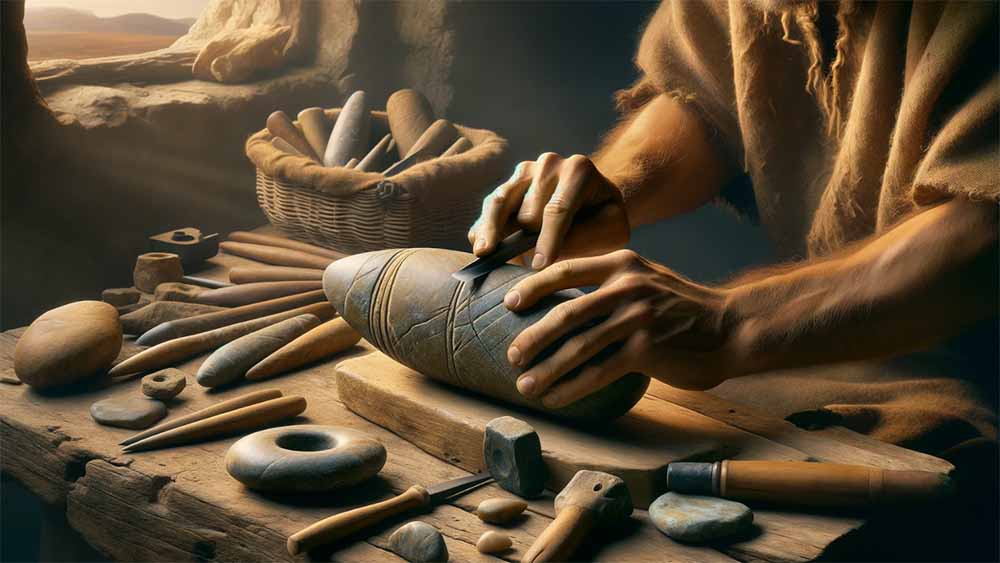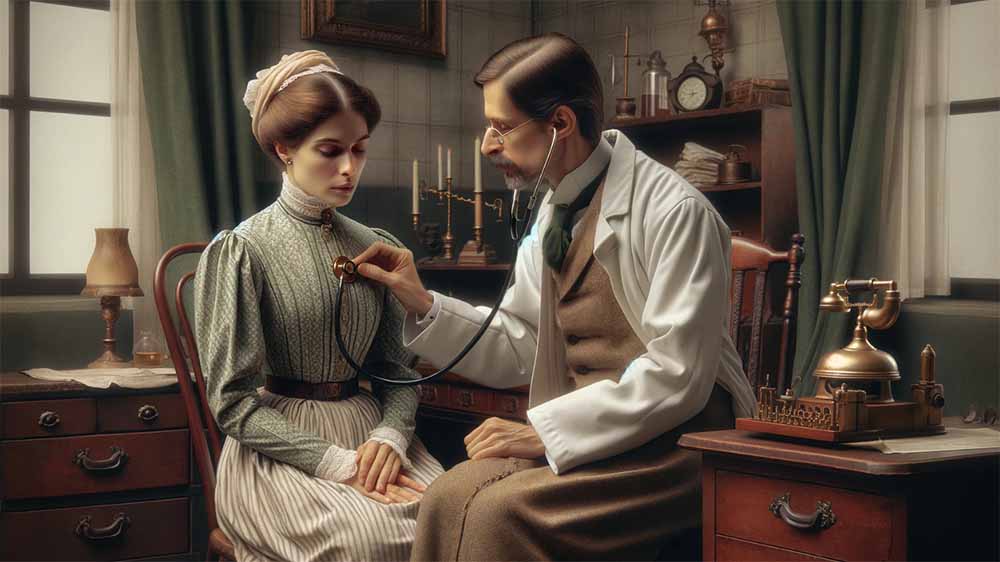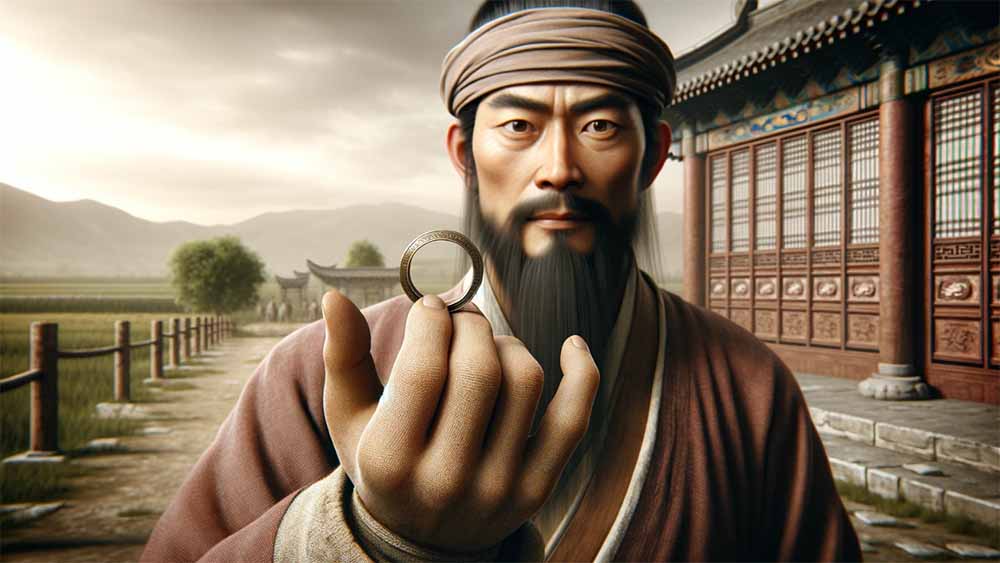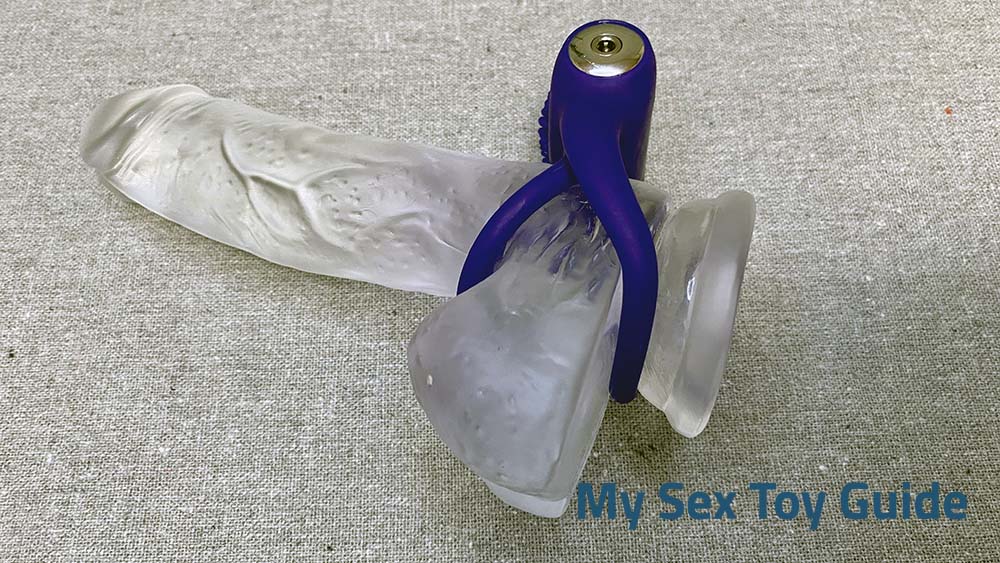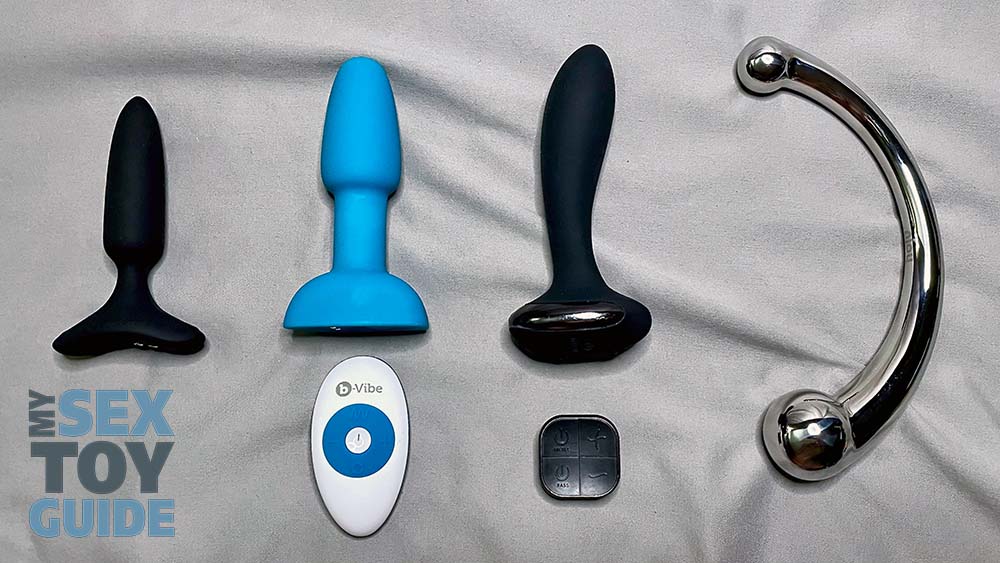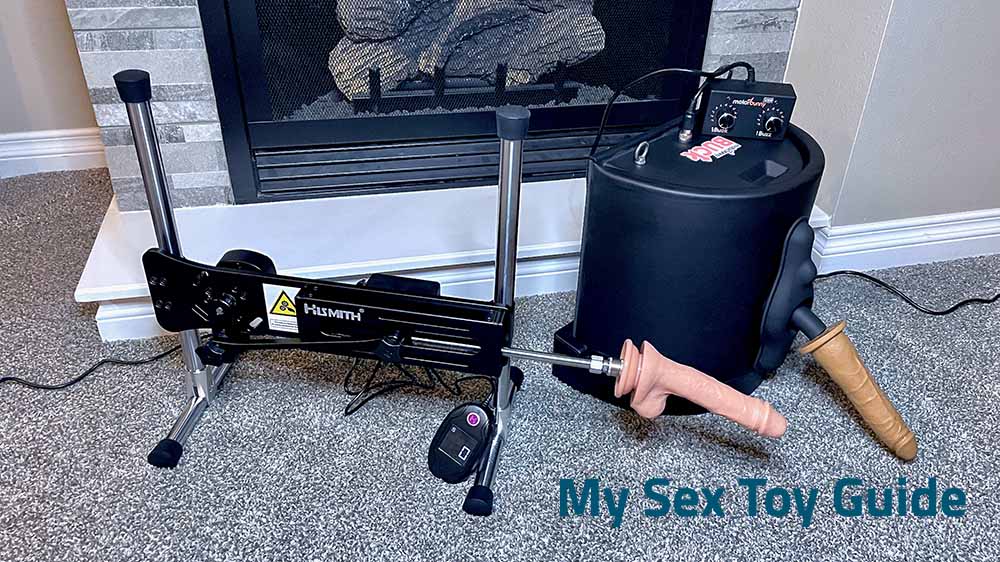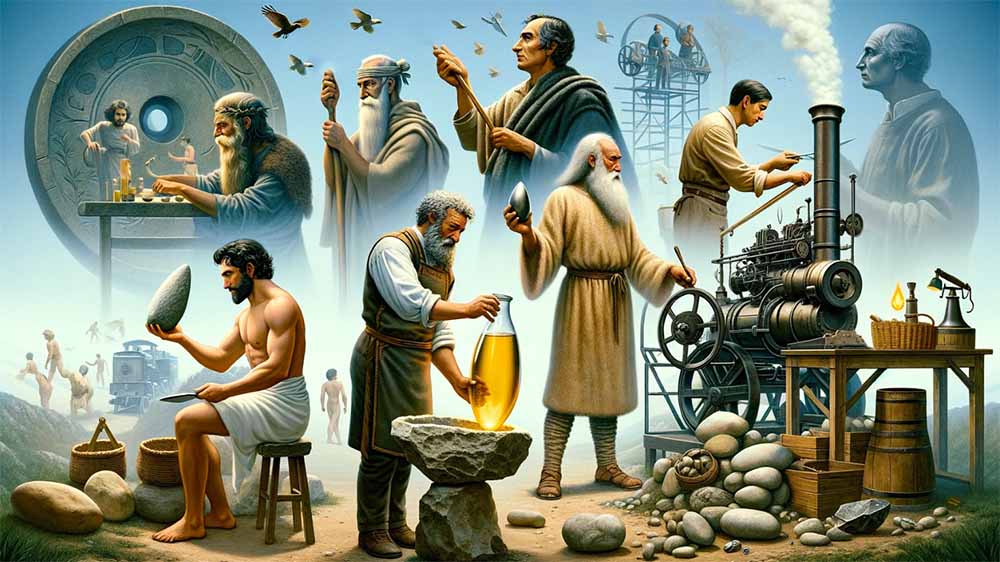
Table Of Contents
Phallic-Shaped Stones Dildos
The first recorded use of phallic-shaped objects dates back to the Upper Paleolithic period, around 30,000 years ago. These objects were made of stone and found in several European archaeological sites. Can you imagine using a stone dildo? Ouch! Thankfully, technology has come a long way since then.
Other materials were chalk, limestone, and flint, often polished to make them smoother and more comfortable. The design was also basic, with no bells or whistles – just a straight, phallic shape. But hey, when living in a cave, you take what you can get.
But not only cavemen use dildos; they have reappeared in many cultures and societies across the planet. In ancient Greece, dildos were made out of wood, leather (AKA olisboi), and even animal horns while using olive oil as lube. In ancient China, dildos were made out of bronze and jade. It seems like every culture has its own take on this trusted classic.
While some scientists have tried to argue that these objects were used for non-sexual purposes, the evidence is pretty clear. We know what a dildo looks like. These were the first dildos. Period.
The Andis Vibrator
Believe it or not, the first vibrators were not designed for sexual pleasure but were created as medical devices to treat a condition called “hysteria” in women. Hysteria was a catch-all term used to describe various symptoms, including anxiety, irritability, and sexual frustration.
Doctors believed that the condition was caused by a buildup of “female semen” in the uterus, and the only way to relieve it was through manual stimulation of the genitals. The first vibrator was invented in the late 1800s to make the manual stimulation process easier for doctors. Initially, it was a large, cumbersome machine that required two people to operate.
One of the first portable models was the Andis Vibrator, released in the early 1900s to help with “female problems,” which claimed to alleviate everything from menstrual cramps to constipation and even “marital problems.” This handheld device, powered by electricity, featured a soft rubber head designed to vibrate at different speeds. Although marketed towards women, it was also used by men to relieve tension and stress.
Despite being marketed as a personal massager, it was no secret that the Andis Vibrator was used for more than just relaxation. In fact, it was often referred to as a “marital aid” in hushed tones. It wasn’t until the 1990s that vibrators really started to shed their stigma and become more mainstream, reflecting a significant shift in societal attitudes towards sexuality and personal pleasure.
Jin Dynasty Cock Rings
The earliest record of cock rings comes from ancient China (Jin Dynasty, 1115 -1234 AD), where the first known version was quite unusual, crafted from the eyelid of a goat, eyelashes included. Why keep the eyelashes? Well, people believed they added extra pleasure to the female clitoris, just like a pair of rabbit ears does on modern cock rings.
Cock rings held a different meaning in ancient Rome, symbolizing power and prestige. The Roman elite didn’t just use them for sexual purposes; they also wore ornate ones, adorned with gems and elaborate designs, as a status symbol – even by gladiators. These weren’t just fancy accessories; they were functional, used to extend erections and amplify sexual enjoyment, showcasing a universal theme in various cultures of using such devices to improve sexual experiences.
As time went on, the materials and cultural connotations shifted. Later versions were made from materials like leather and sinew, which evolved into the modern silicone ring (Seen on a dildo below.) The initial use of goat eyelids may seem odd now, but it paved the way for future developments in these devices.
This change is indicative of the general evolution in sexual aids, where original, rudimentary ideas gradually lead to more refined and responsibly sourced products. This evolution mirrors humanity’s enduring interest in boosting sexual fulfillment and experiences.
If you want some examples of modern products, read our list of the best cock rings.
Dr. Young Rectal Dilators
You might be surprised that butt plugs have a long history. The first documented butt plugs date back to 1893, courtesy of Frank E. Young of Canton, Ohio, who patented his rectal dilators. These devices – sold as medical instruments – were used to treat various ailments, including constipation and hemorrhoids.
In those early days, Dr. Young’s Ideal Rectal Dilators were all the rage, marketed to “restore circulation and health” to the rectum. They came in sets of four, with diameters ranging from 1/2 to 1 inch and lengths from 3 to 4 inches, designed to address everything from mild headaches to stubborn constipation.
However, it wasn’t until the 20th century that the use of butt plugs began to shift towards sexual pleasure. In the 1920s, they were marketed as “anal dilators,” advertised as tools to enhance sexual health. By the 1960s, these devices had transformed into popular anal toys (you can see some examples in the image above), and today, they are a common item in many people’s sex lives. This transition marks a significant change in how these devices are perceived and utilized.
Reflecting on this history, it’s fascinating to think about when items like rectal dilators were considered legitimate medical treatments. Interestingly, Dr. Young’s dilators were even marketed as a cure for headaches – a far cry from their modern usage.
Sex Dolls Of The Sea
Using objects to enhance masturbation has been around for centuries, with one famous example being using Puru oil to enhance friction. But it wasn’t until the mid-19th century that people started to build what we call sex dolls. One early example is sailors using sex dolls made of sewn clothes or rubber to make their sea journey more pleasurable.
Were the dolls shared by many, or did everyone have their own? I didn’t find an answer to this very important question!
The real boom started in the late 20th century with the inventions of materials like TPE (Thermoplastic elastomer) and silicone. Those materials enabled designers to create lifelike products (both in terms of touch and look) with some premium models, like those from RealDoll, that look extremely realistic.
Steam-Powered Sex Machines
Let’s wrap up our sex toy history lesson with our absolute favorite: the sex machine. Unsurprisingly, that too is not a modern invention but was first seen in 1869 as a steam-powered Manipulator (say what!) built by a Dr. George Taylor. It appears to be two devices’ the actual engine located in one room and the other (I assume the dildo) sticking out through a hole into another room. (Maybe the first recorded use of a glory hole!)
Fast forward to the early 1980s when Sybian entered history, a saddle-type machine where the woman was sitting on top while a vibrating pad was working its wonder on the clitoris. Later, other companies released similar products like the Cowgirl and Motorbunny Buck.
Later on, we saw thrusting sex machines, comprising of a dildo rod that thrusts back and forth powered by a motor. One early example was the Hismith Premium and 4.0 machines, followed by the Lovense Sex Machine, controlled by a smartphone app. You can see them in the image above.
Luckily, In today’s world, we have more advanced and less invasive methods for dealing with health issues. So, while it’s intriguing to look back at these historical practices, it’s safe to say that we can be thankful for the progress in modern medicine and leave such antiquated methods in the past.
Happy vibing!
Tim
- Permanent Gains From Pumping? A Sex Toy Tester Reveals The Secret! - May 7, 2024
- 14 Best VR Sex Toys 2024, REALLY Tested! [Video Reviews] - May 6, 2024
- 16 Best Sex Toys For Men 2024, REALLY Tested! [VIDEO Reviews] - April 18, 2024
